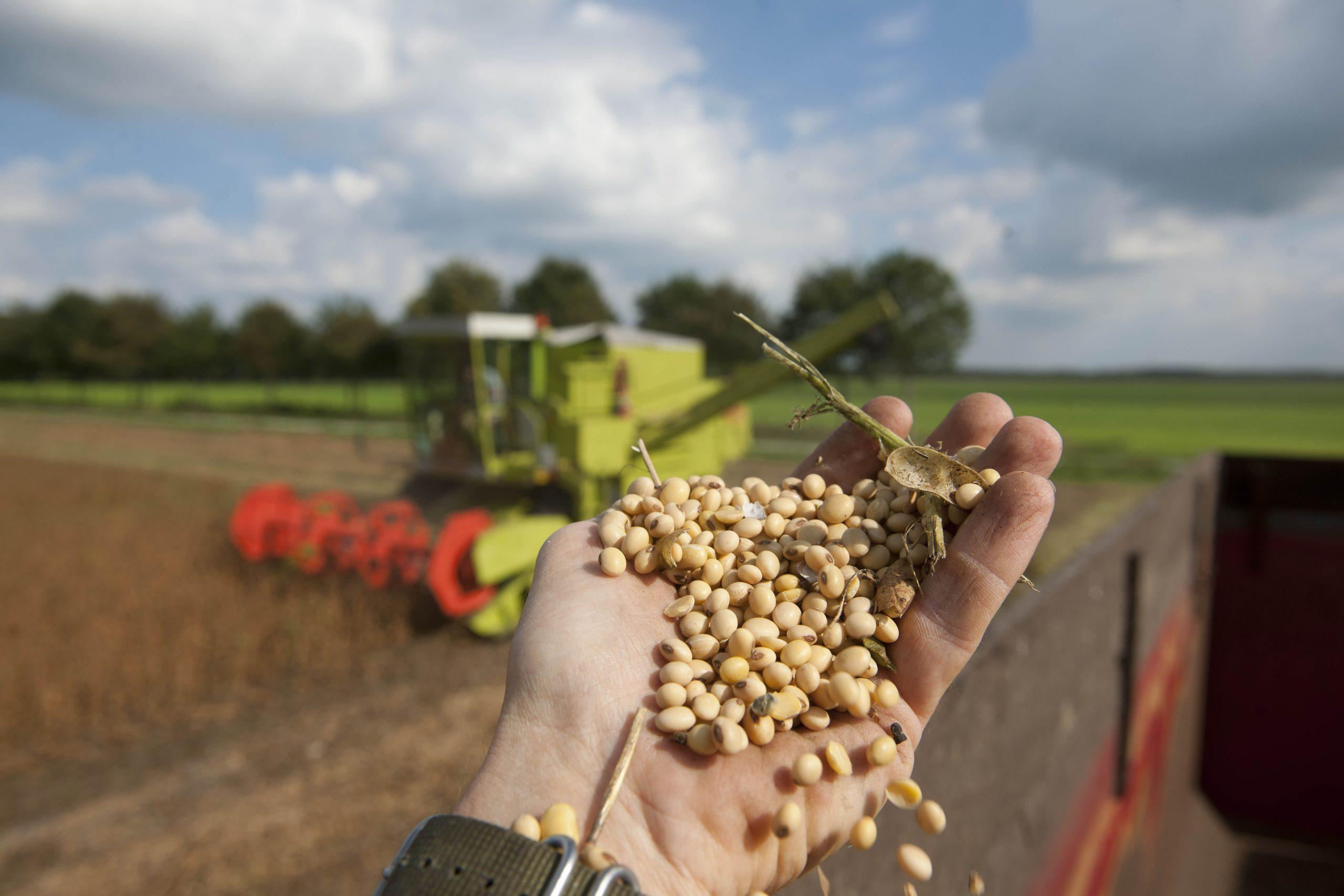American soybean farmers are experiencing unrelenting pressure as trade tensions between the United States and China intensify once more. The renewed conflict threatens to destabilize an industry already operating with constricted profit margins and uncertain market conditions.
The current trade dispute has cast a long shadow over the agricultural heartland. China recently escalated tariffs on U.S. soybeans to a staggering 114.73%, up from the previous 60% rate, effectively shutting American producers out of their largest international marketplace. This protectionist measure represents an existential challenge for farmers whose livelihoods depend substantially on foreign consumption.
Market Disruptions and Financial Consequences
Soybean exports to China constituted $12.8 billion in 2024, making them America’s premier agricultural export to the Asian economic powerhouse. The impressive figure reflected a 22% growth over the preceding decade—a trajectory now abruptly threatened by diplomatic friction. Historical precedent offers little comfort. During the previous Trump administration’s trade confrontation, American soybean producers witnessed the evaporation of approximately $20 billion in market value, a wound from which the sector hasn’t fully recovered.
For growers already contending with thin margins, these developments create an atmosphere of profound uncertainty. Market volatility has become a daily reality. Price fluctuations occur with bewildering frequency, triggered merely by presidential statements or policy announcements. The situation leaves producers in an uncomfortable pickle regarding optimal timing for sales and price commitments.
“It makes it really hard for the producer to figure out when to sell and when to lock in a price,” explains one industry observer. Algorithmic trading systems programmed to react instantly to policy signals further exacerbate these swift market movements, compounding the challenge facing individual farmers.
Global Reverberations and Alternative Sourcing
The confrontation between the world’s largest economies creates ripple effects throughout global agricultural markets. Experts predict the elevated tariffs will make American soybeans prohibitively costly for Chinese importers, potentially reducing purchases to near zero. When faced with similar circumstances previously, China pivoted decisively toward South American suppliers.
Brazil, already China’s predominant soybean source, stands poised to expand its market penetration further. Additionally, Argentina, Canada (for rapeseed), and other producers may capitalize on America’s involuntary retreat from Chinese markets. This geographic redistribution of trade flows could establish enduring patterns that persist long after diplomatic relations improve.
The trade conflict paradoxically presents diplomatic leverage opportunities for some nations. European Union members, South Korea, and Taiwan might undertake conspicuous purchases of American soybeans as a strategy to curry favor with the White House before or during their own negotiations on trade or distinct issues. Such maneuvers highlight how agricultural commodities frequently become pawns in broader geopolitical calculations.
Farmer Anxieties and Strategic Responses
Agricultural producers confront a landscape characterized with uncertainty. Many express grave concerns about losing additional market share in China, potentially erasing years of relationship-building and commercial development. Despite ongoing efforts to diversify markets and develop novel applications for soybeans, the industry cannot easily absorb the sudden loss of its premier international customer.
The predicament threatens not only individual farm operations but also the broader rural economy that depends on agricultural prosperity. Communities throughout America’s agricultural regions watch anxiously as decisions made in Washington and Beijing reverberate through local economies.
Some industry representatives have emphasized the importance of maintaining diplomatic channels while simultaneously pursuing market diversification. However, without prompt resolution to the trade dispute, American soybean farmers face the prospect of prolonged financial duress.
The situation underscores the vulnerable position of agricultural producers who, despite sophisticated growing techniques and decades of productivity improvements, remain susceptible to international trade policies beyond their influence. As one farmer noted with stark clarity, U.S. soybean producers “don’t have a lot of room for air” in the current environment.
This latest chapter in U.S.-China trade relations serves as a vivid reminder of agriculture’s interconnectedness with global politics and economics. Farmers who once focused primarily on agronomic concerns now must navigate an increasingly complex international landscape where their products exist not merely as commodities but as instruments of economic statecraft.









